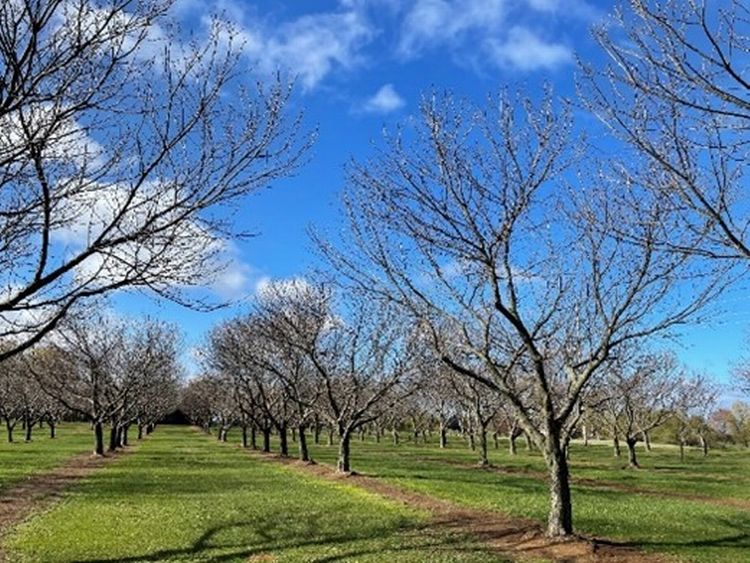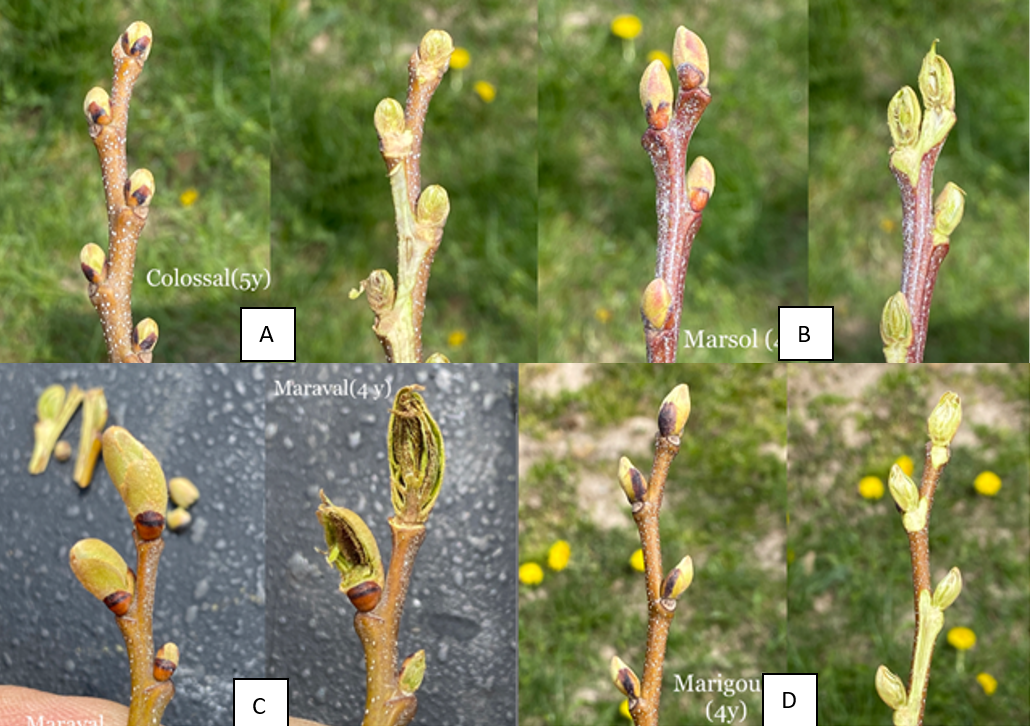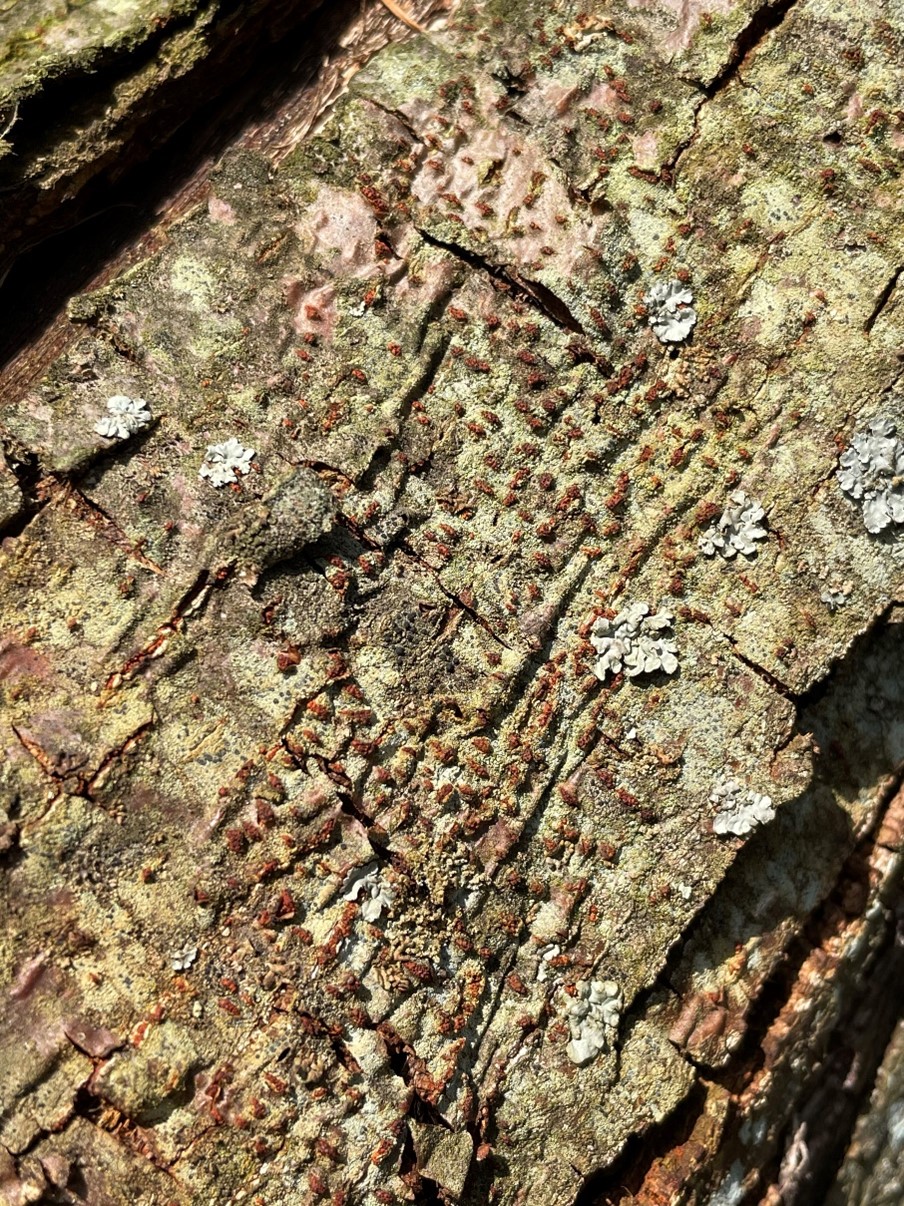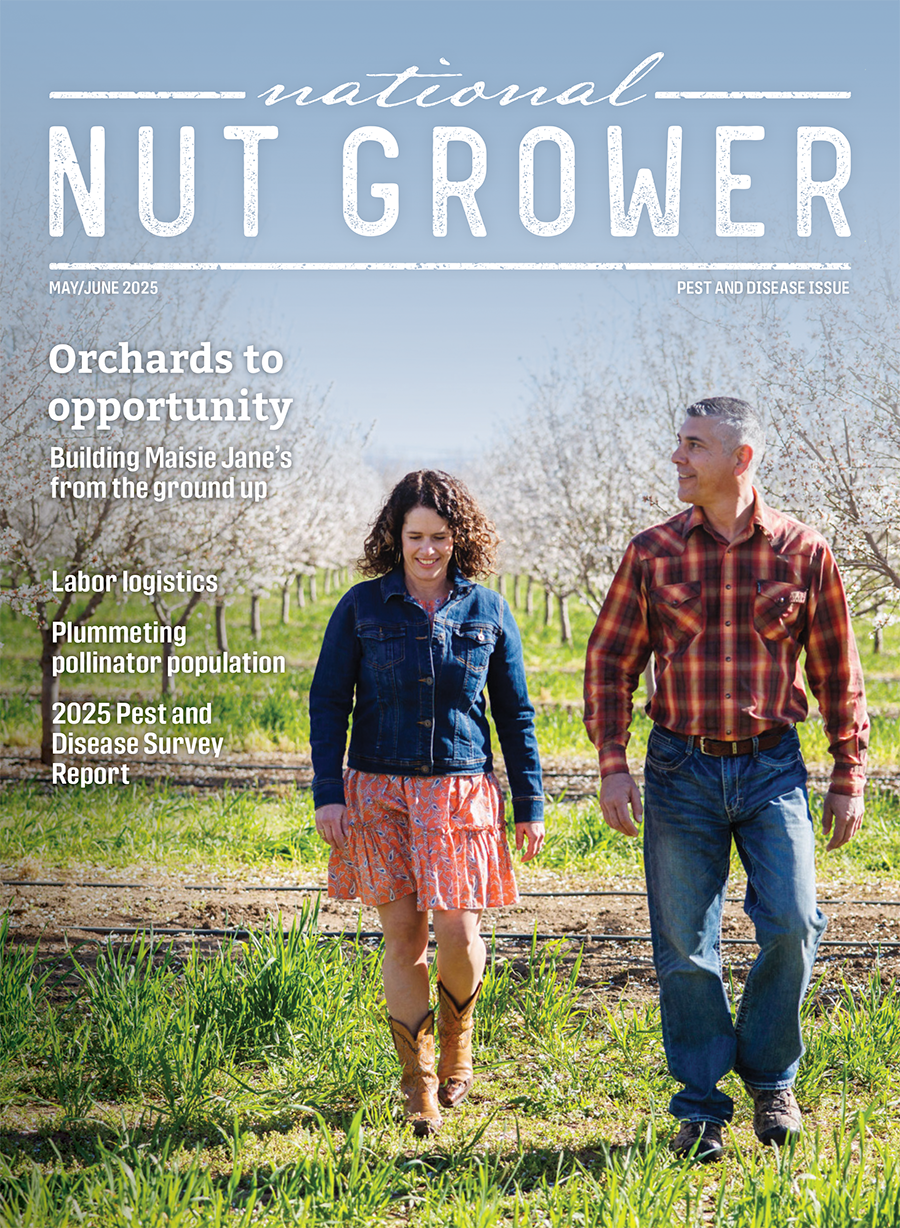
May 7, 2021Michigan chestnut tree development impacted by big temperature swings
Significant geographic temperature variation has driven abnormally large differences in tree development this spring.
Weather
Michigan’s 2020-2021 winter recap
December and January were very mild with much below average snowfall for most of the state. Feb. 4-21 were more typical with cold and snowy conditions. Winter injury was mild on high and warm sites. Temperatures in late March were above average before returning to more typical temperatures in April. Above-average temperatures in late March accounted for most of the spring growing degree day (GDD) accumulation, which is currently above the five-year average for most growing regions across the state. Trees in southern Michigan suffered some frost and freeze damage from the early warm up in March that pushed bud development and were followed by more seasonally appropriate cold temperatures.
Watch the most recent agricultural weather forecast from Michigan State University state climatologist Jeff Andresen.
| May 3, 2021, weather summary for major chestnut producing regions of Michigan | ||||
|---|---|---|---|---|
| Location | GDD 50 F (March 1-May 3) | GDD 50 F (March 1-May 3) 5-year average | Rainfall (inches) April 1-May 3 | Historical rainfall (inches) average April 1-May 3 |
| Southeast | ||||
| Deerfield/Blissfield | 244 | 148 | 2.23 | 3.61 |
| Southwest | ||||
| Benton Harbor (SWMREC) | 236 | 159 | 1.22 | 4.11 |
| Berrien Springs | 238 | 151 | 1.57 | 3.52 |
| Lawton | 236 | 147 | 1.36 | 3.89 |
| South central | ||||
| Hickory Corners | 233 | 130 | 1.09 | 4.17 |
| Kalamazoo | 239 | 139 | 1.58 | 4.41 |
| East central | ||||
| Flint | 235 | 127 | 1.52 | 3.84 |
| East Lansing (MSU Hort) | 223 | 128 | 1.53 | 3.56 |
| West central | ||||
| Ludington | 149 | 73 | 2.16 | 3.19 |
| Northwest | ||||
| Petoskey | 106 | 20 | 2.65 | 4.00 |
| Traverse City (NWMHRC) | 102 | 60 | 2.87 | 2.58 |
| Northport | 68 | 28 | 1.61 | 1.72 |
| Williamsburg | 119 | 41 | 0.98 | 2.86 |
| Northeast | ||||
| Hawks | 93 | 40 | 1.98 | 3.00 |
Crop development
Northwest
Observed cultivars are at the budswell stage.

West central
All observed cultivars are at the bud swell stage.
Southwest
Observed cultivars are at bud swell or bud break.
South central
Observed cultivars are at bud swell or bud break. Freeze damage is visible in some cultivars.

Fertility
Most growers using granular fertilizers are planning to apply them soon. As a reminder, for nutrient management considerations, please reference pages 5-7 of the 2021 Michigan Chestnut Management Guide or the Nutrient Management section of the Michigan State University Extension Chestnuts website. Also, MSU recommends submitting soil samples each spring around the same time. Please refer to lab sampling and submission instructions prior to sending in samples.
Soil testing labs
Comprehensive soil health testing labs
Insects
Black stem borer, also known as ambrosia beetle, are emerging and can damage young orchards. Refer to the MSU Extension article, “Black stem borer: An opportunistic pest of young fruit trees under stress” for more information on biology, monitoring and management.
Diseases
Existing chestnut blight infections (caused by Cryphonectria parasitica) can be observed at this time. To learn more about chestnut blight, visit the pest management section of the MSU Extension Chestnuts website.

Stay connected
For more information on chestnut production, visit MSU Extension Chestnuts and sign up to receive our newsletter. Also, join us for the 2021 Chestnut Chat Series every Wednesday at 12 p.m. May 5 through Sept. 8, 2021. This series of interactive Zoom meetings will allow easy communication between producers and MSU faculty. These informal weekly sessions will include crop and pest updates from Rob Sirrine and Erin Lizotte. In addition, MSU faculty will drop in to address timely issues and provide research project updates. Bring your field notes too! We want to hear what’s going on in your orchard.
This material is based upon work supported by the National Institute of Food and Agriculture, U.S. Department of Agriculture, under Agreement No. 2017-70006-27175. Any opinions, findings, conclusions, or recommendations expressed in this publication are those of the author(s) and do not necessarily reflect the view of the U.S. Department of Agriculture.









